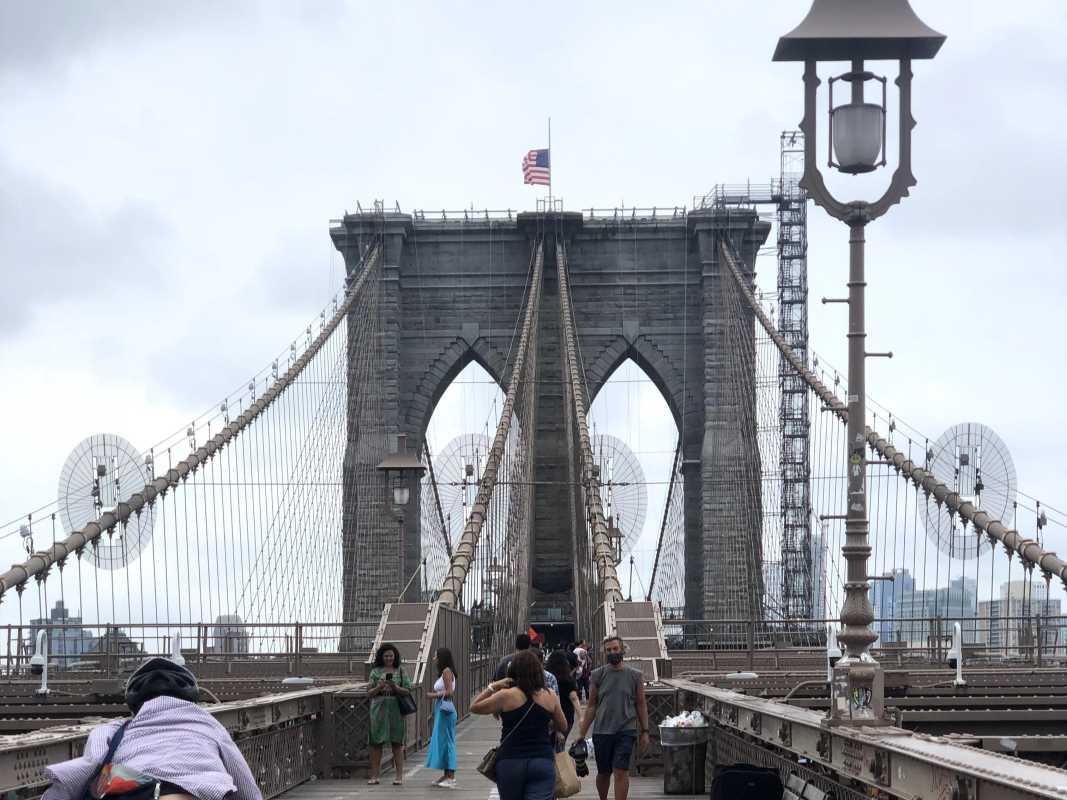Business

How Businesses Can Reduce Costs Smartly in 2026
Controlling expenses is a constant challenge for any business owner. As we move into 2026, finding ways to cut costs is more critical than ever.
By: Stella Bennett
Last Update: 11/20/2025
Read
How Gen Z is Reshaping Startup Culture
Every generation leaves its fingerprints on the workplace, but Gen Z seems to be doing so with a pressure washer.
By: Stella Bennett
Last Update: 09/09/2025
Read
The Future of Zero-Space Operating Models
Imagine a world where your office isn’t a physical location, but a fluid, adaptable space defined by technology and collaboration.
By: Stella Bennett
Last Update: 05/05/2025
Read
Automated Robot Picking System for eCommerce Fulfillment Warehouse Application
The eCommerce industry has experienced exponential growth in recent years, fueled by a surge in online shopping and rising consumer expectations for fast and accurate deliveries.
By: Stella Bennett
Last Update: 02/07/2025
ReadDestinations

A Guide to Farm Stays & Regenerative Agritourism
Imagine waking up to the gentle sounds of a farm, knowing your vacation is helping heal the planet.
By: Laurel Baxter
Last Update: 10/28/2025
Read
Affordable Weekend Getaway Spots
Dreaming of a quick escape without putting a dent in your wallet? Weekend getaways can feel like a mini-vacation, giving you a well-deserved break from the daily grind while staying budget-friendly.
By: Laurel Baxter
Last Update: 06/17/2025
Read
Top Attractions and Hidden Gems in Northern California
Northern California is a vast region full of diverse landscapes, iconic landmarks, and hidden treasures waiting to be explored.
By: Hunter Butler
Last Update: 04/01/2025
Read
Desert Sanctuaries That Blend Luxury With Isolation
With its vast, empty landscapes and rugged beauty, the desert has long held an allure for those seeking solitude and escape from the fast-paced modern world.
By: Hunter Butler
Last Update: 12/31/2024
Read
Traveling with Kids: Family-Friendly Destinations and Activities
Embarking on a family vacation is an exciting and memorable experience. It allows bonding, relaxing, and exploring new places together.
By: Laurel Baxter
Last Update: 11/06/2024
Read
Architectural Marvels: Europe's Famous Bridges
Spanning across Europe, numerous iconic bridges stand as awe-inspiring architectural marvels, blending history and engineering into breathtaking structures admired by locals and tourists alike.
By: Hunter Butler
Last Update: 08/23/2024
Read
An Insider's Guide to the Ultimate Culinary Adventures
Food enthusiasts and adventurous eaters, unite! If you're seeking to tantalize your taste buds and explore the world through food, then look no further.
By: Hunter Butler
Last Update: 08/18/2024
Read
Uncover the Majesty of Ireland's Most Enchanting Castles
Ireland is renowned for its breathtaking landscapes, rich history, and captivating castles that transport you back in time.
By: Hunter Butler
Last Update: 08/12/2024
ReadFamily

How to Create a Balanced Family Meal Plan
Creating a meal plan that is both balanced and appealing to the whole family can feel like a monumental task.
By: Kennedy Sullivan
Last Update: 08/29/2025
Read
How to Make Homemade Gifts with Your Kids
Bringing your kids together to create homemade gifts can be one of the most rewarding family activities.
By: Kennedy Sullivan
Last Update: 05/29/2025
Read
5 Educational Virtual Games That Bring Families Together
Finding time for meaningful family moments can sometimes feel like a challenge. But what if the answer was right at your fingertips?
By: Kennedy Sullivan
Last Update: 05/01/2025
Read
Virtual Travel Adventures You Can Do with Your Kids
Traveling the world doesn’t always require a passport. Thanks to technology, you and your kids can explore amazing destinations and cultures right from the comfort of your home.
By: Dexter Moon
Last Update: 12/02/2024
Read